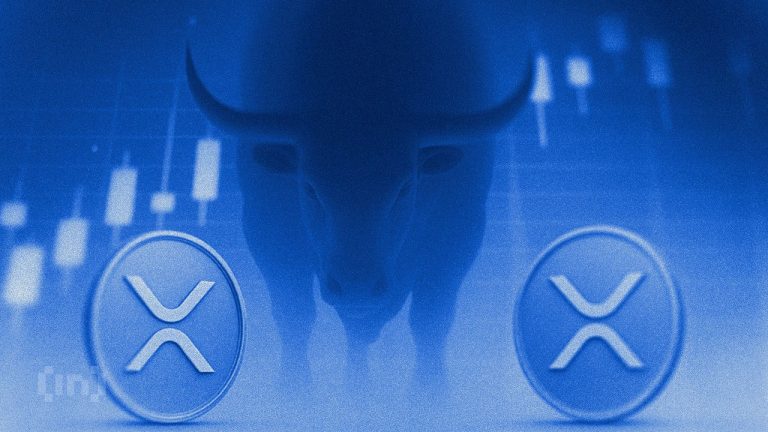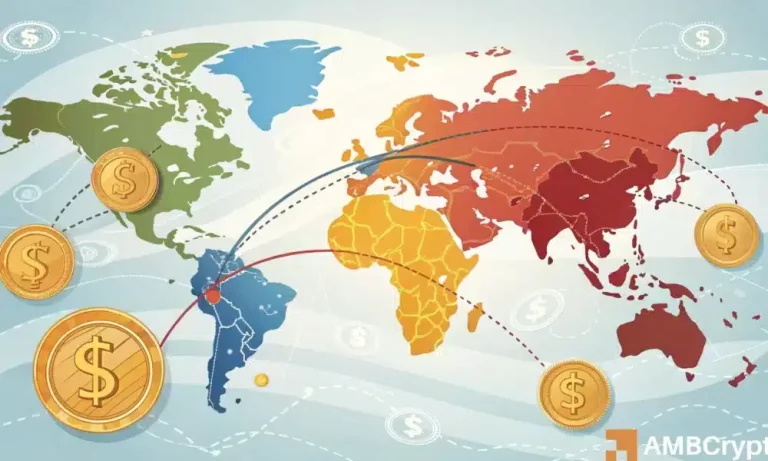
The Evolution of E-commerce by 2025: Trends and Predictions
The Evolution of E-commerce by 2025 has become a vital aspect of the retail industry, and its impact is expected to continue growing in the coming years. The e-commerce market has experienced tremendous growth, with online sales projected to reach $6.5 trillion by 2025. This significant increase can be attributed to the rising popularity of digital channels, improved logistics, and the COVID-19 pandemic, which has accelerated the shift to online shopping.
Introduction to E-commerce

E-commerce, or electronic commerce, refers to the buying and selling of goods and services over the internet. The concept of e-commerce has been around for decades, but it wasn’t until the widespread adoption of the internet in the 1990s that it began to gain traction. Today, e-commerce is a global phenomenon, with millions of online stores and marketplaces competing for customers’ attention.
History of E-commerce

The history of e-commerce dates back to the 1960s, when companies began using electronic data interchange (EDI) to facilitate business transactions. However, it wasn’t until the 1990s that the first online stores emerged. One of the pioneers of e-commerce was Amazon, which was founded in 1994 by Jeff Bezos. Since then, the e-commerce industry has experienced rapid growth, with new technologies and innovations emerging every year.
Current State of E-commerce

The current state of e-commerce is characterized by intense competition, with thousands of online stores and marketplaces vying for customers’ attention. The rise of mobile commerce, social media, and influencer marketing has also changed the way businesses approach e-commerce. Additionally, the COVID-19 pandemic has accelerated the shift to online shopping, with many consumers turning to e-commerce as a convenient and safe way to purchase goods and services.
Trends Shaping the Future of E-commerce

Several trends are expected to shape the future of e-commerce, including:
- Artificial Intelligence (AI): AI is expected to play a significant role in e-commerce, with applications in customer service, personalization, and supply chain management.
- Augmented Reality (AR): AR is expected to enhance the online shopping experience, allowing customers to interact with products in a more immersive and engaging way.
- Social Commerce: Social media platforms are becoming increasingly important for e-commerce, with many businesses using social media to promote their products and engage with customers.
- Sustainable E-commerce: As consumers become more environmentally conscious, sustainable e-commerce practices are expected to become more prominent, with businesses focusing on reducing waste, using eco-friendly packaging, and promoting sustainable products.
Predictions for E-commerce by 2025

By 2025, the e-commerce industry is expected to continue growing, with online sales projected to reach $6.5 trillion. Some predictions for e-commerce by 2025 include:
- Increased Use of Mobile Payments: Mobile payments are expected to become more widespread, with many consumers using their smartphones to make purchases online and in-store.
- More Focus on Customer Experience: Businesses are expected to focus more on creating a seamless and personalized customer experience, with applications in customer service, returns, and product recommendations.
- Rise of Social Commerce: Social media platforms are expected to become even more important for e-commerce, with many businesses using social media to promote their products and engage with customers.
- Greater Emphasis on Sustainability: As consumers become more environmentally conscious, sustainable e-commerce practices are expected to become more prominent, with businesses focusing on reducing waste, using eco-friendly packaging, and promoting sustainable products.
Conclusion

The evolution of e-commerce by 2025 will be shaped by several trends and predictions, including the use of AI, AR, social commerce, and sustainable e-commerce practices. As the industry continues to grow, businesses must adapt to changing consumer behaviors and technological advancements to remain competitive. By focusing on creating a seamless and personalized customer experience, businesses can stay ahead of the curve and capitalize on the opportunities presented by the rapidly evolving e-commerce landscape.






1 thought on “The Evolution of E-commerce by 2025: Trends and Predictions”
Comments are closed.